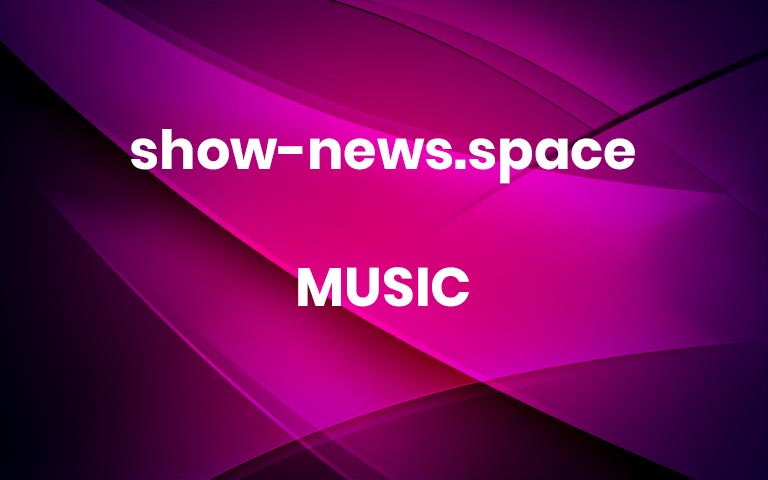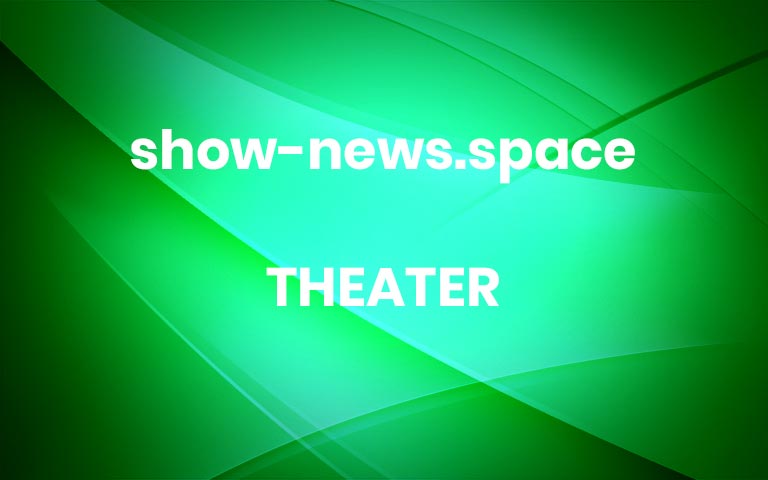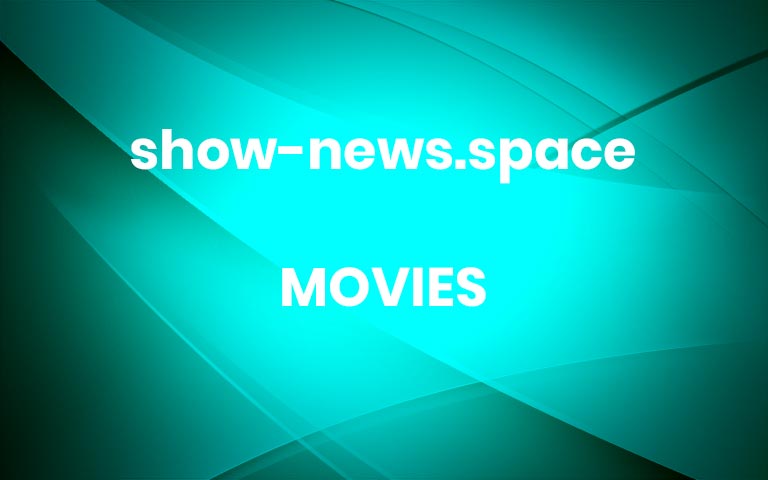Reggaeton’s History Is Complex. A New Podcast Helps Us Listen That Way.
“Loud” asks us to reconsider mainstream histories of the genre, and reveals critical conversations about its roots and evolution.In Puerto Rico and the Dominican Republic, marquesinas are centers of convocation, where family and friends gather to drink, dance and talk. Intimacy and conviviality are cultivated at these open-air garages and courtyards, a staple of middle-class homes. They’re where you gain an education. Where you learn the curves of your body when you dance to reggaeton for the first time and start to understand the language that the music offers: the ecstasy and uncertainty of youth, sexual self-discovery and the freedom of movement.Even at early 2000s marquesina parties, reggaeton carried certain myths. If you grew up at the crest of the genre’s commercial rise like I did, you were taught certain ideas about the genre early on. The notion, for example, that it is just vulgar party music. Or that it was invented solely in Puerto Rico. Or that it is a feel-good example of global cultural crossover, imploding language and cultural barriers and ushering Latinos into the mainstream.But these are deceptive and simplistic assumptions. They mask the knotty power dynamics embedded in popular music, especially if a genre emerges from a place of struggle. They perpetuate reductive ideas about reggaeton, obscuring the prismatic conditions of its past and present.As a movement that is shaped by the displacement and migration of Black diasporic sounds and their people, reggaeton is difficult to pin down with a firm definition. But there are some essential coordinates: the circulation and metamorphosis of Jamaican dancehall, Panamanian reggae en español, hip-hop and Puerto Rican underground.Many locate the seeds of reggaeton in 1980s Panama, where the children of West Indian canal workers experimented with translating Jamaican dancehall, Trinidadian soca and other Afro-Antillean genres into Spanish. New York dancehall and Panamanian reggae en español traveled to Puerto Rico, where the genre evolved alongside hip-hop en español as a movement called underground. Reggaeton always contained lyrical multiplicity: it was a genre for partying, but also for talking about life on the street: drugs, racism, crime, romance — stories of pleasure and protest.“Loud,” a new podcast produced by Spotify in partnership with Futuro Studios, chronicles the evolution of reggaeton head-on and at a critical moment, after a long period of neglect by the English-speaking media. Today, its global influence is too large to ignore: There is the success of artists like Bad Bunny, who was Spotify’s most-streamed artist in 2020; the once inescapable “Despacito” by Luis Fonsi and Daddy Yankee, a watered-down, popetón smash with a Justin Bieber cameo that tied for the longest-running No. 1 in Billboard’s Hot 100 history; as well as endless reports that detail the genre’s ascendance on streaming platforms.“Loud” unpacks all of this context, while fighting the narrative impulse to collapse intricate realities. Conversations about reggaeton usually include the never-ending debate about whether the genre started in Puerto Rico, which overlooks layers of diasporic musical exchange. There is the ongoing argument about reggaeton’s political utility, which suggests that political expression must be easily identifiable in order to be valuable. And there is the continued idolization of the “crossover” — songs and artists that achieve success with English-speaking listeners — a marketing narrative that celebrates reggaeton as some sort of Latino victory in the face of marginalization, without exploring everything that fraught concept entails.The thorough “Loud” is deeply aware of the textures of reggaeton. Over 10 episodes, it traces different chapters of the genre’s development: its Panamanian roots, its industry takeover in the early and mid-2000s and its rebirth in Medellín, Colombia. The bilingual podcast embraces nuance and respect for legacy artists; its narrator, Ivy Queen, is reggaeton royalty, one of the few women in the industry who garnered commercial recognition.In the first episode, the project firmly highlights the genre’s Afro-Caribbean provenance and defiant beginnings: “For some people, reggaeton is just party music. But the real story of reggaeton is about la resistencia. Resistance,” Ivy Queen states with piercing clarity. “About how kids who were young or poor, Black or dark-skinned — kids who were discriminated against in every way — how we refused to be quiet.” As the episode comes to a close, she puts an exclamation point on the show’s larger argument, stating that reggaeton is a “Black sound with roots from the English-speaking world.”The 10 episodes of “Loud” include a majority of the music being discussed.It’s a position statement about the music’s creators, ethos and identity that holds throughout the series’s run. There’s no shortage of rebellion in “Loud.” This is a project that immerses listeners in dissent.It tells of how underground artists fought back against the criminalization they faced in the ’90s and early ’00s in Puerto Rico, when the police raided public housing projects and confiscated cassettes from record stores under the guise of curbing drugs and violence. It describes the fearlessness of Tego Calderón, who made pro-Black reggaeton anthems and scorched the public consciousness with his condemnations of colonial thinking. It reminds us how Anglo major labels and radio stations stumbled as they tried to cash in on a movement that they didn’t understand, and that couldn’t be tamed. For an industry that often renders arrival in the United States as evidence of ultimate career triumph, this narrative pivot is as curative as it is urgent.“Loud” has rights to most of the music it analyzes, and knows it holds a gold mine. In one chapter, the show demonstrates how the game-changing producers Luny Tunes infused reggaeton with melody and strings through the lens of Ivy Queen’s virtuosic “Te He Querido Te He Llorado.” Listening to the episode, as the song’s bachata guitar and dembow drums slashed through each other under Ivy’s guttural wail, I was moved to stand up and belted her requiem of resentment and heartbreak to no one in particular.But “Loud” tackles the difficult parts of this music’s history, too: the homophobia embedded in Shabba Ranks’s “Dem Bow,” which serves as the genre’s percussive foundation; the vilification of the music, which led to government censorship campaigns in Puerto Rico; and the racist and classist bias of traditional Latino media, which did not book reggaeton acts at the outset of its mainstream ascent. A few moments that surround the genre’s history would benefit from further reflection here; a discussion of the racial ideology of mestizaje, for example, is a little too brief to treat the subject with enough depth.Of course, it is impossible to sketch a complete portrait of any popular music genre over the course of a podcast. And reggaeton is a genre of transformation, a movement that has refused stasis and undergone constant reinvention over the course of its existence. “Loud” asks us to reconsider the collective stories we heard about the music at the marquesina parties that shaped some of our early understanding of its contours. It chips away at reggaeton’s canon, urging us to take a closer look at the depth and the insurgency it has promised all along. It forces us to listen to reggaeton with complexity — as much complexity as the music and its history hold in the first place. More




